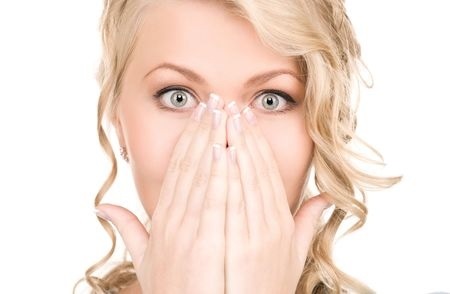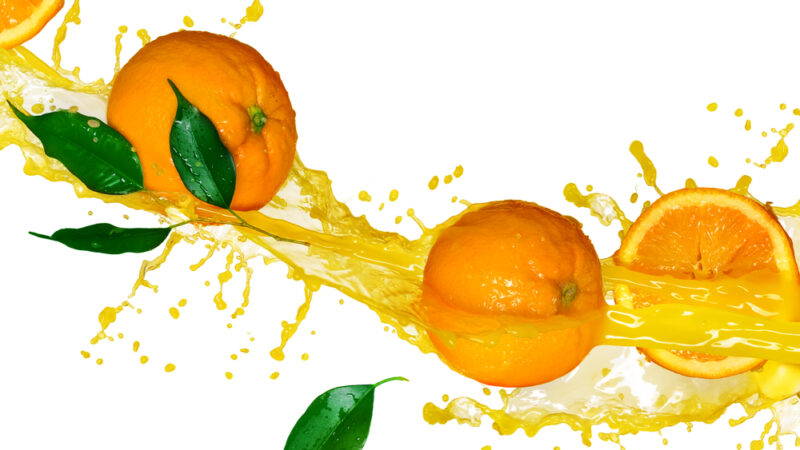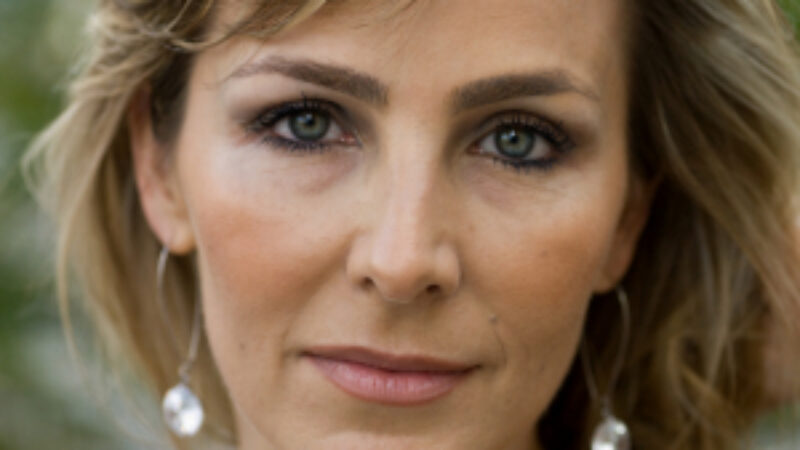These days many of us are so careful about the foods we buy, yet we tend to forget that what we put on our skin and in our hair should also warrant some careful consideration. Beauty and skin care products often contain not so beautiful ingredients that are sometimes necessary, sometimes not, and sometimes downright scary!
A rule of thumb when at the grocery store is that if you can’t pronounce the ingredient on the label, you probably shouldn’t buy it. When it comes to personal care products though, some multi-syllabic ingredients are often necessary to preserve and maintain the quality of what’s in the bottle.
Scary or not? Here are some ingredients that you may wonder about:
- Parabens: Parabens are preservatives used widely in cosmetics. Concerns exist that because they have mild estrogenic properties they may disrupt the endocrine system and cause reproductive and developmental disorders. They are also damaging to the marine environment. The jury is still out on their risks, but regardless, many individuals wish to avoid them. Earlier this year, the European Union banned the use of the following parabens in cosmetic products – isopropylparaben, isobutylparaben, phenylparaben, benzylparaben and pentylparaben. There are no such restrictions in either Canada or the USA, but many companies have moved on to alternative preservatives, which do not disrupt hormones. Should you wish to avoid parabens, don’t go preservative free. Preseravtives are essential to keeping personal care products free from bacteria, fungi and other nasties that can grow in products and cause harm.
- Phthalates: Phthalates are a common industrial chemical used in PVC plastics, solvents, and synthetic fragrances. They’ve been around since the 1930’s, and now they’re pretty ubiquitous. When they tested 289 people in 2000, the Center for Disease Control found phthalates in all of the subjects’ blood at surprisingly high levels. Phthalates are endocrine disruptors linked to problems of the reproductive system, including decreased sperm motility and concentration in men and genital abnormalities in baby boys. More recently they’ve also been linked to asthma and allergies. Phthalates are found in many nail polishes (Dibutyl phthalate – DBP – is often used to make nail polish chip-resistant). In fragrances, Diethyl phthalate (DEP) is often used as part of the “fragrance” in some products. DEP won’t be listed separately so steer away from personal care products, detergents, and cleansers that have the word “fragrance” on the ingredients list. Just like fragrances in personal care products, most air fresheners contain phthalates.
- Silicones: Found in moisturizers and shampoos, dimethicone (also known as polydimethylsiloxane) and cyclomethicone impart a silky feeling to skin. Both silicones sit on top of the skin and create a barrier helping to limit transdermal water loss. In hair care products, dimethicone is used to coat the hair’s surface providing lubrication and helping to improve combing providing detangling, and thus, hair loss and breakage. Studies have shown that due to their large molecular size that the silicones are not absorbed into the body and that they are safe when used at the levels currently found in cosmetic preparations.
- Vitamin A in Sunscreens: Vitamin A in skin care products is highly effective at combating acne and is an important anti-aging ingredient. Yet, the Environmental Working Group (EWG), a group that oversees the safety of personal care products recently issued a warning that a form of Vitamin A (retinyl palmitate), may damage skin in the presence of sunlight. The EWG claims that their warning is especially important because 41 percent of sunscreen manufacturers in the USA routinely add Vitamin A to their sunscreens. Retinyl palmitate does not protect the skin from the sun, but when added to sunscreens its antioxidant action may help to prevent free radical damage. However, since it is an extremely light sensitive ingredient, it is rendered inactive upon exposure to sunlight. Based on the evidence I’ve seen, I don’t think retinyl palmitate in sunscreens is unsafe. But, because it is light sensitive and inactive in sunlight, I don’t see the point of using a sunscreen that contains this ingredient.
- Triclosan & Triclocarban: Antimicrobial pesticides in liquid soap (triclosan) or soap bars (triclocarban) are very toxic to the aquatic environment. Often found as contaminants in people due to the widespread use of antimicrobial cleaning products, triclosn disrupts thyroid function and reproductive hormones. The American Medical Association and the American Academy of Microbiology say that soap and water serves just as well to prevent spread of infections and reduce bacteria on the skin. Overuse may promote the development of bacterial resistance. Watch out for this ingredient in all manners of personal care products including toothpastes, where it is widely found.



